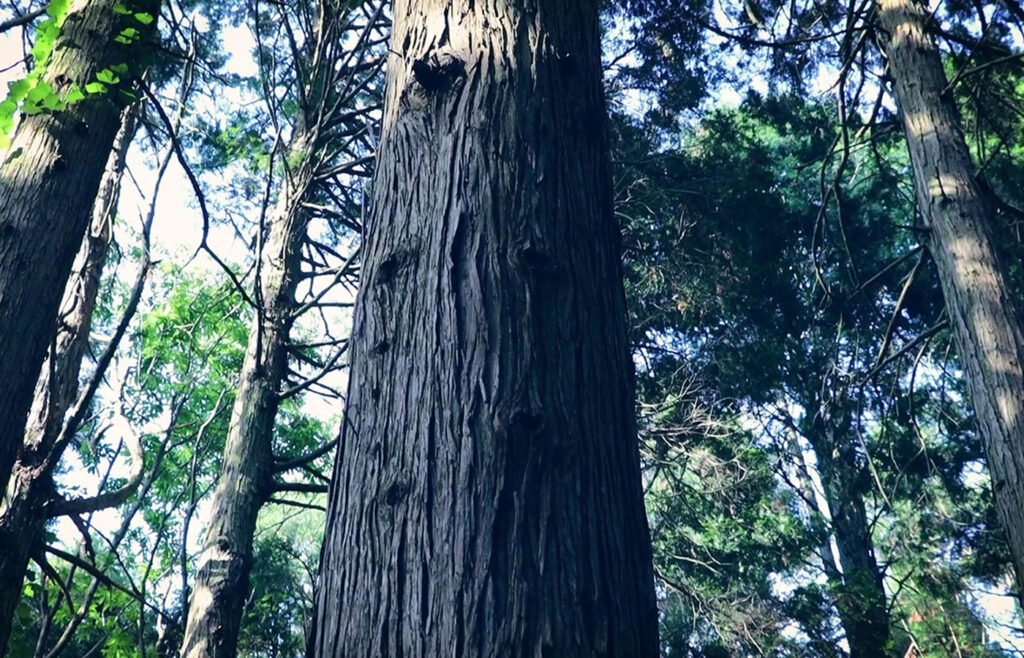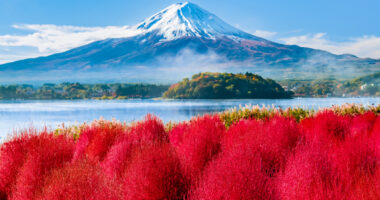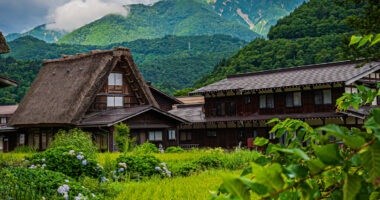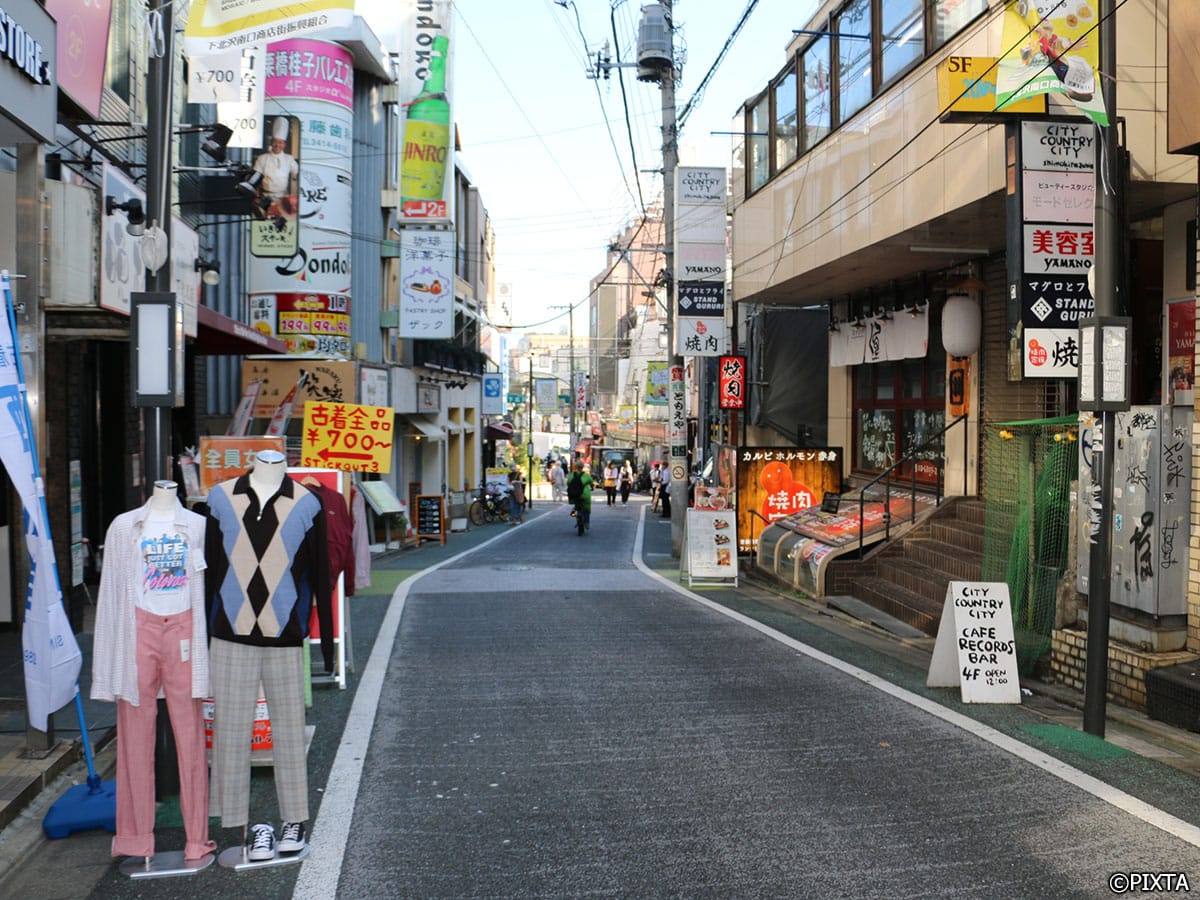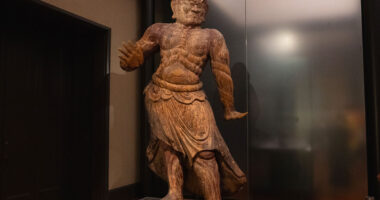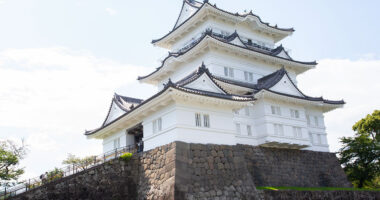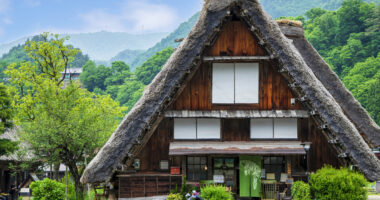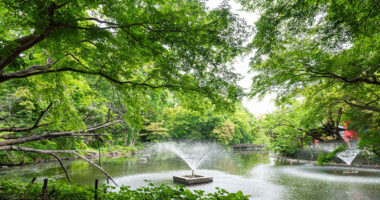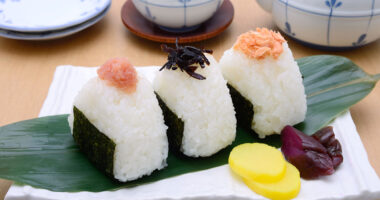Discovering Japan’s Rich Wood Tradition
Japan’s wooden architecture is a stunning showcase of how tradition can blend seamlessly with innovation, drawing visitors from all around the planet.
From the historic Hōryū-ji Temple to the charming villages of Shirakawa-gō, the use of wood in Japan is not just about building; it’s a deep reflection of a culture that holds a special connection with nature and the trees that have protected and inspired people for generations.
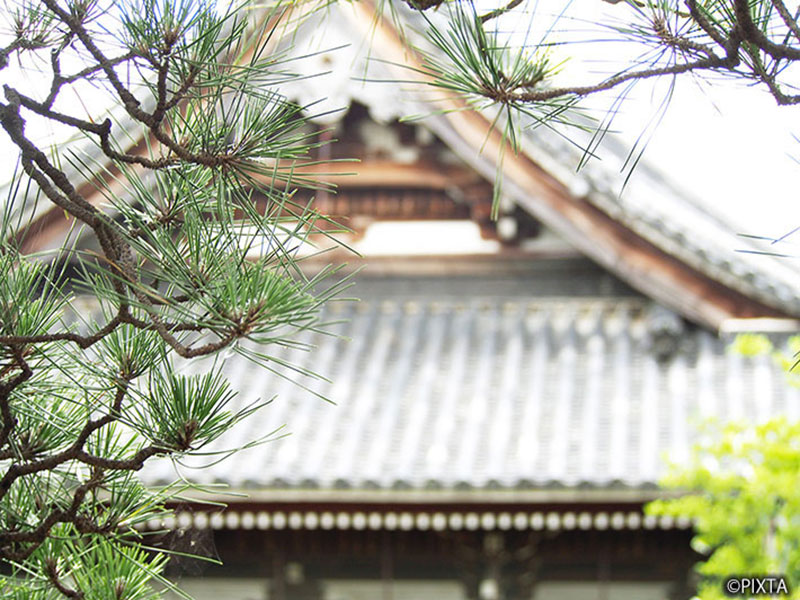
The roof of a traditional Japanese building
The Craft of Wood: Nature’s Art Through Human Hands
The art of Japanese wood is a beautiful example of how the natural world and human craftsmanship come together. Even with the changing seasons, Japan keeps producing quality timber. Craftsmen, with a mix of old and new techniques, turn this wood into stunning works.
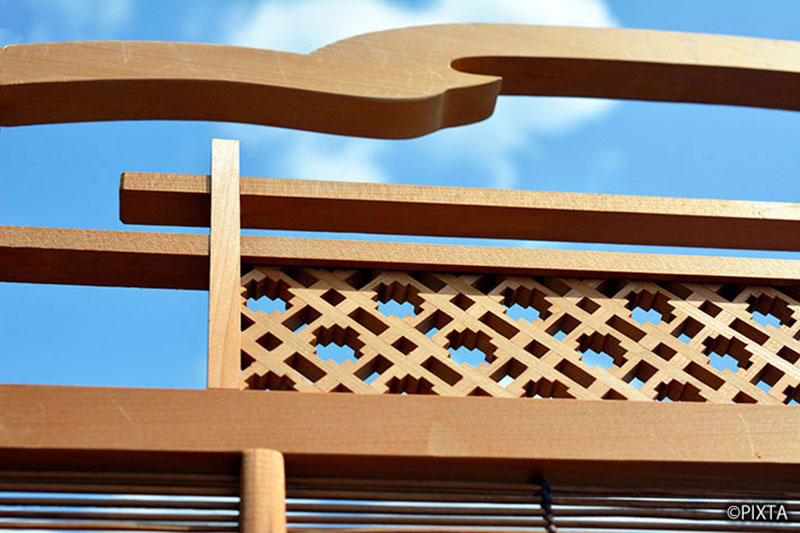
The Japan Wood Products Export Association has put together an excellent video that takes you into this fascinating blend of nature’s bounty and human creativity:
Featured in the video, lead carpenter Adam Zgola shares his knowledge of Japanese wood, gained from years of experience in Japan, his second home:
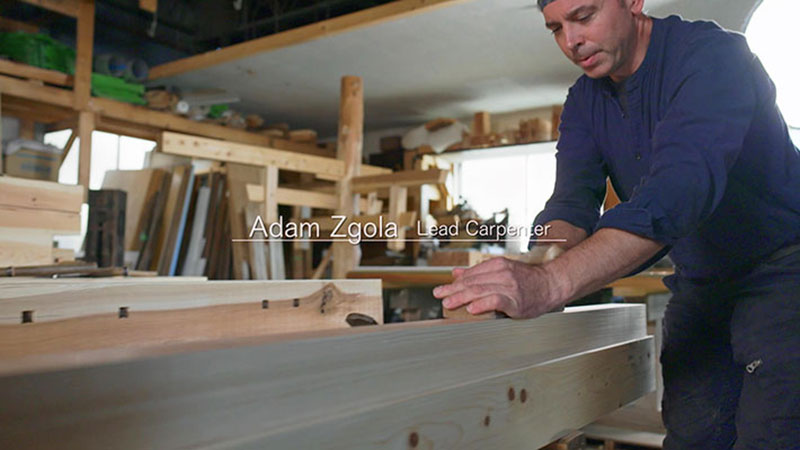
From “Japan – Land of Wood” ©Japan Wood Products Export Association
Andy Zgola, lead carpenterCedar has a gloss so it feels warm. Hinoki cypress is cool and lovely. It has lots of oil inside, so it is resistant to insects. You can smell hinoki when you go to hot springs.

From “Japan – Land of Wood” ©Japan Wood Products Export Association
His thoughts show a deep love and understanding of the materials that not only shape Japan’s beautiful landscapes but also its cultural identity.
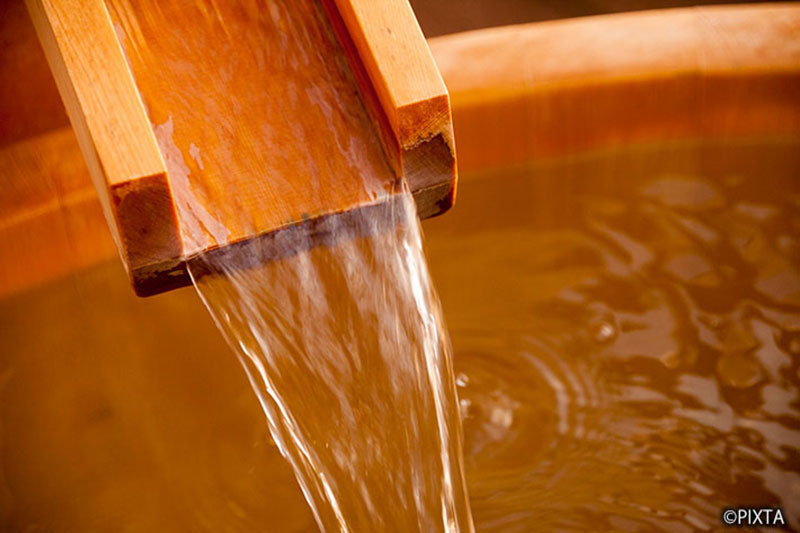
A hinoki bath at a Japanese hot springs resort
This shared respect for Japanese woodcraft is echoed by experts across the industry.
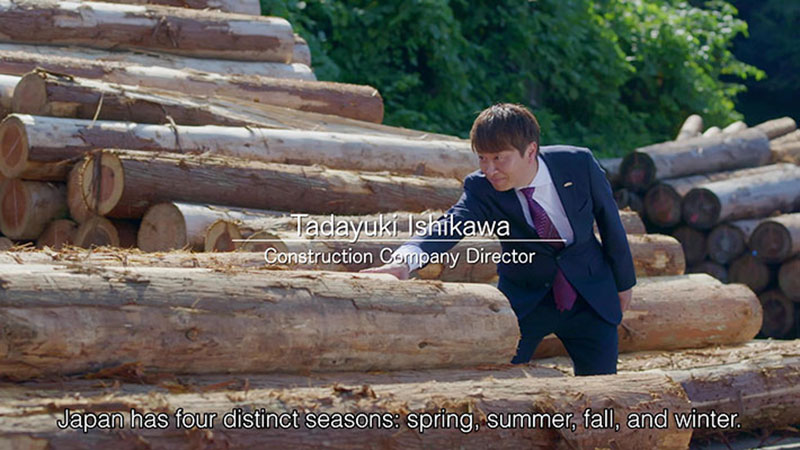
From “Japan – Land of Wood” ©Japan Wood Products Export Association
Tadayuki Ishikawa, a director at a construction company exporting Japanese wood, has these words of praise to offer:
Tadayuki Ishikawa, construction company directorIf you look anywhere in the world, the quality (of Japanese building techniques) is unmatched in my opinion.
Bringing Japanese Wood to The World
The video brings insights from professionals who illuminate the craftsmanship behind Japanese wood products. Their stories shine a light on the mix of advanced techniques and aesthetic values that lead to stunning furniture and building designs.
This unique combination not only showcases the craftsmanship involved but also how Japanese wood is making a mark in architecture and interior design around the world.
Tiffany Luk, an international sales executive for a furniture company, further emphasizes the global appeal:
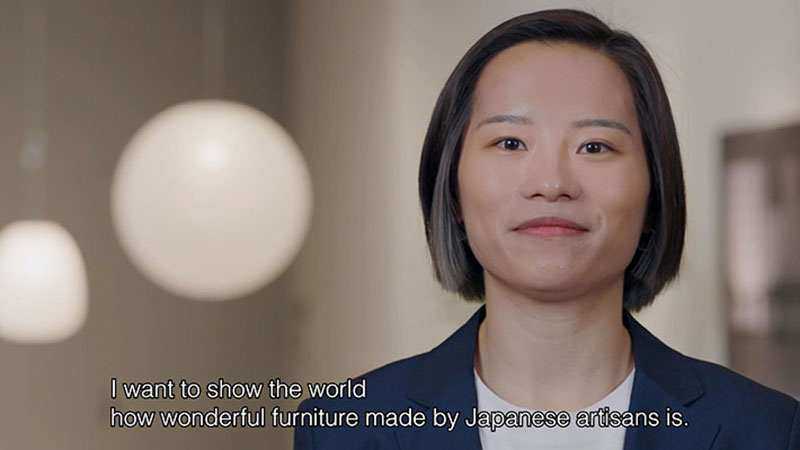
From “Japan – Land of Wood” ©Japan Wood Products Export Association
Tiffany Luk, furniture company international sales executiveFurniture that combines classic Japanese woodworking techniques with modern designs is gaining interest abroad.
This global trend highlights the versatility and timeless charm of Japanese wood, influencing a wide range of products beyond just furniture.
A Commitment to the Future: Sustainability in Japanese Woodcraft
Japanese woodcraft shines with a deep commitment to being good for the environment, focusing on making wood products that last long and benefit the planet. The industry takes steps to ensure the wood is sourced from well-managed forests, a point brought to life in the video. It encourages viewers to see how Japan marries beautiful design with thoughtful environmental practices in its wood creations.

From “Japan – Land of Wood” ©Japan Wood Products Export Association
Inviting the World to Discover Japanese Wood
Japanese wood opens up a world where innovation and tradition join in harmony. This video from the Japan Wood Products Export Association invites you to explore the exciting possibilities Japanese wood offers.
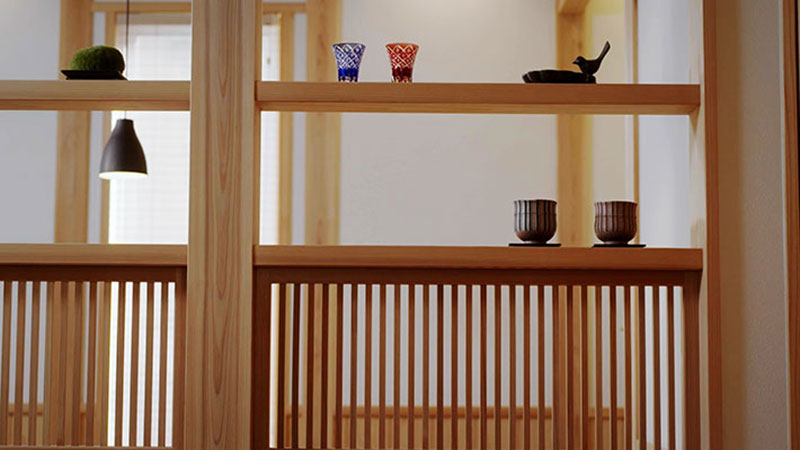
From “Japan – Land of Wood” ©Japan Wood Products Export Association
It may even inspire you to think about incorporating Japanese wood into your lifestyle, allowing you to experience its distinctive blend of elegance and utility, while also connecting you with a tradition of ecological management and rich cultural heritage.
